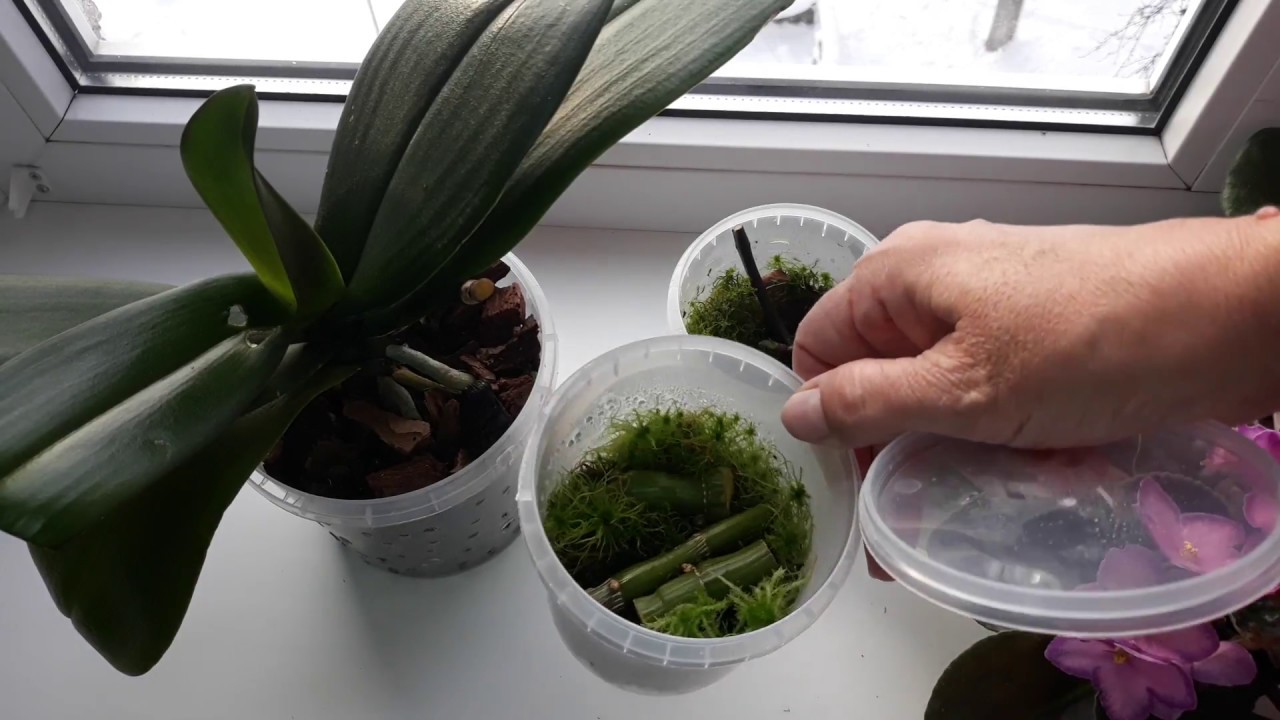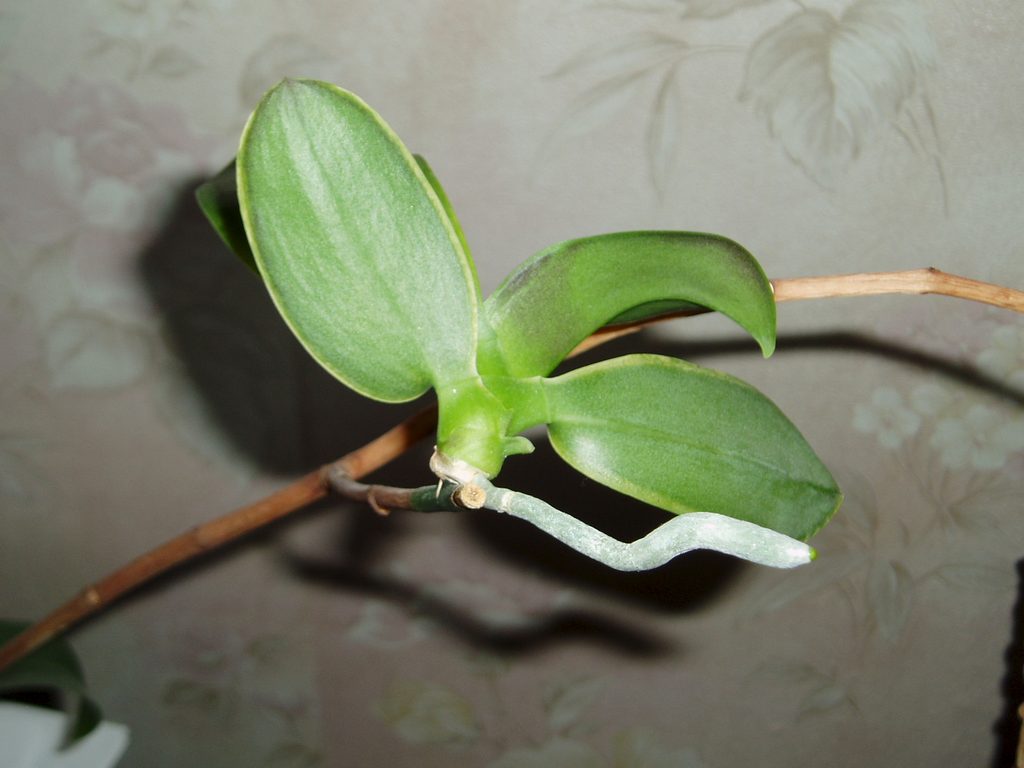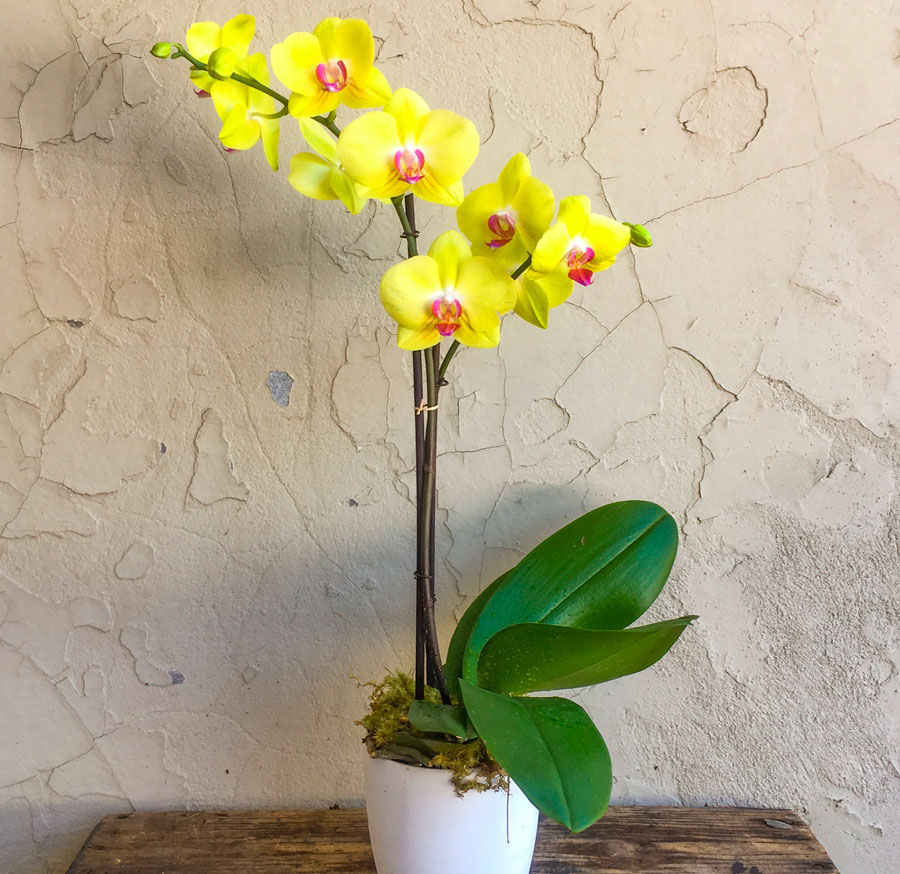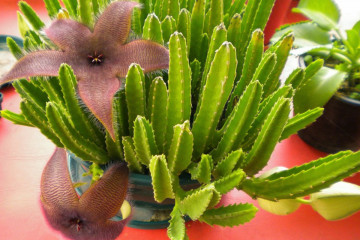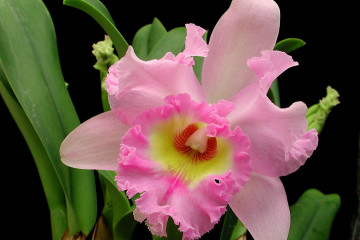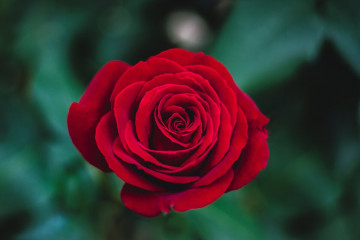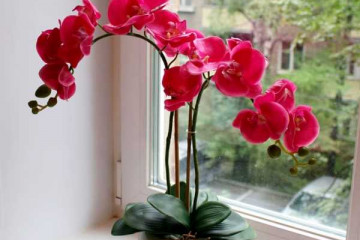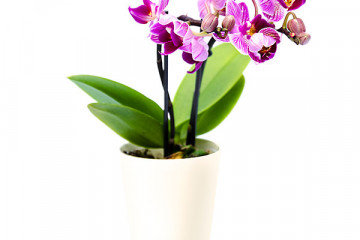Phalaenopsis reproduction at home: examples by children and cuttings
Content:
The Phalaenopsis orchid is native to southeast Asia, and it is also found in the humid forests of Australia and the Philippines. This plant is an epiphyte, as it is often found growing on trees and even on stones. In total, 70 species of Phalaenopsis are known, the flower is popular among flower growers, due to its unusual and beautiful flowering, in addition, the orchid reproduces quite easily and is easy to care for. How to propagate the Phalaenopsis orchid is discussed in detail in the article.
Phalaenopsis breeding methods
In the wild, the plant propagates by seeds or babies. Reproduction of the Phalaenopsis orchid at home from seeds is almost impossible, other methods are quite successfully used.
It is enough to follow some important rules, how easy it is to propagate Phalaenopsis.
Roots
To propagate an orchid by roots, no special skills are required. First, you should remove the plant from the soil, free the roots from the soil, then:
- using a sterile knife, cut off parts of the root, 2 pseudobulbs per sprout;
- sprinkle the cut with charcoal;
- plant each cut part in a separate pot.
To quickly get a healthy full-fledged plant with strong roots, it is enough to spray it twice a day, until real leaves appear.
Children
The easiest way to reproduce Phalaenopsis is with the help of children. 2 months after the end of flowering, it is necessary to cut off the lateral shoots that have grown on the peduncle. A shoot can also form at the base of the leaves of the plant. It is best to carry out jigging when a pair of leaves has formed, and the aerial roots have grown to 5 cm.
After the cut, the baby is left for a day to dry, then planted in a substrate for orchids, a greenhouse is created. It should be kept at a temperature of 22-250C.
Cuttings
For this method, it is necessary to cut off the stem of the plant, separate it into viable cuttings, while cutting off the top. Sections are treated with a fungicide. Cuttings are germinated in small sphagnum, moistening them and creating a greenhouse atmosphere with a temperature of about 260C.
Peduncle
How easily does phalaenopsis propagate with a peduncle? After the orchid has faded, it follows:
- cut the peduncle at the root;
- cut it into pieces so that each contains a dormant kidney;
- treat the cuttings with charcoal on both sides (can be replaced with activated carbon);
- put in a small greenhouse on sphagnum.
Cuttings will germinate quite quickly if the temperature is constantly maintained at least 250C and sufficient humidity.
You can also put the cut peduncle in water to which fertilizers have been added. Place it in a sunny place, and periodically spray it with Doctor Foley. Thanks to such actions, all sleeping kidneys will wake up, and children will grow up.
Home conditions for breeding
It is difficult to propagate Phalaenopsis at home; proper plant care will help minimize the risks.
Compliance with the temperature regime, the required humidity and a large amount of ultraviolet radiation will help in growing orchids at home and their reproduction.
Air humidity
The ideal air humidity for Phalaenopsis is 70%, deviations can be from 50% to 80%. If the humidity is less than 30%, the likelihood of the plant blooming is reduced, or the orchid stops blooming altogether.
When spraying a flower, there is a possibility of disease with fungi of various etiologies. To maintain the required air humidity, a constant source of moisture should be created near the plant, this can be an open reservoir, for example, an aquarium. In addition, another great way is used:
- gravel should be poured into a deep pan;
- put a pot with a plant on top;
- fill the pan with water so that it does not touch the bottom of the pot.
Temperature
In addition to humidity, a constant temperature should be maintained in the room, then the orchid will bloom regularly, remain healthy and delight with its beauty. It is best maintained in a room at 280C. A short-term decrease to 160C and an increase to 320C is permissible.
If the plant does not bloom, then the appearance of the peduncle can be stimulated by lowering the air temperature to 120C for no more than 2 weeks, then raising it to 200C. The orchid will more easily tolerate higher temperatures than colder temperatures.
Flowering time
If the conditions for keeping the orchid are not followed, then the plant may not bloom at all. Subject to the basic rules, Phalaenopsis will bloom at least once a year, depending on the variety and conditions of detention, and more often. The flowering itself lasts at least 2 months, the maximum flower stem pleases its owners for six months.
Options for planting children
Growing flowers is not difficult, for example, orchid propagation by children is the simplest thing. When separating the baby from the mother plant Phalaenopsis, the orchid can be severely damaged, therefore, several important rules should be observed:
- if the baby is separated from the peduncle, then at least 1 cm from the stem should be left;
- separating from the roots, it is necessary to check the presence of roots in the baby;
- when separating the cuttings from the leaf axils, it is necessary to capture 1 cm of the mother plant.
Further care of children
In all cases, regardless of the way the baby is separated, the shoot must be placed in greenhouse conditions, maintaining the required temperature and humidity until a full-fledged root system is formed. To root the plant, moss is used, which helps maintain the necessary moisture, while avoiding excessive waterlogging.
After the formation of strong roots and a pair of real leaves, the orchid is planted in a pot in a permanent place.
Possible breeding errors
When breeding Phalaenopsis, it is better not to use the root division method, in the case of this type of orchid, this is the most unsuccessful method.
If the orchid is sick, then it is better not to use the plant for reproduction. Although in some cases it is possible to save a unique specimen using the breeding method in water.
It is not difficult to care for Phalaenopsis, but the plant is very demanding on the conditions of detention. With the right approach, you can grow a whole greenhouse of unique orchids at home. The Phalaenopsis flower, reproduction at home of which occurs quite quickly and simply, is very beautiful, it is adored by flower growers: professionals and amateurs.

